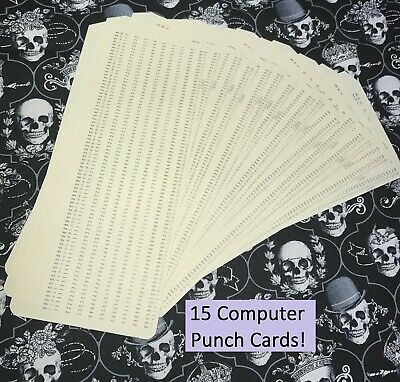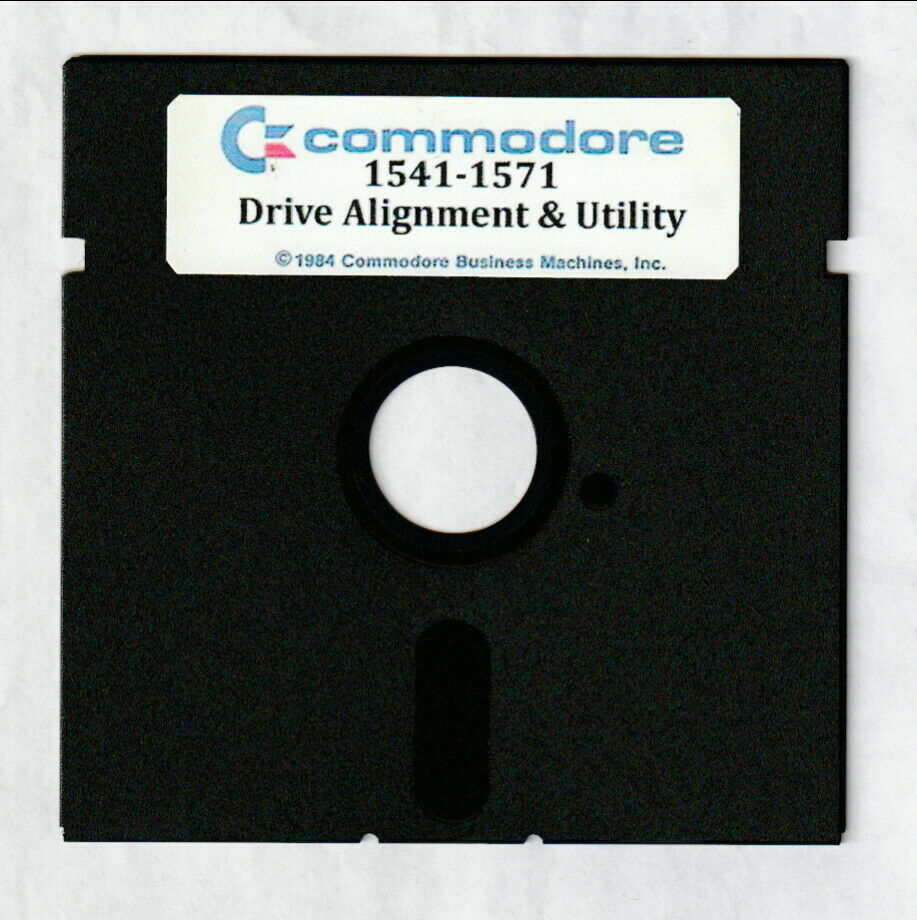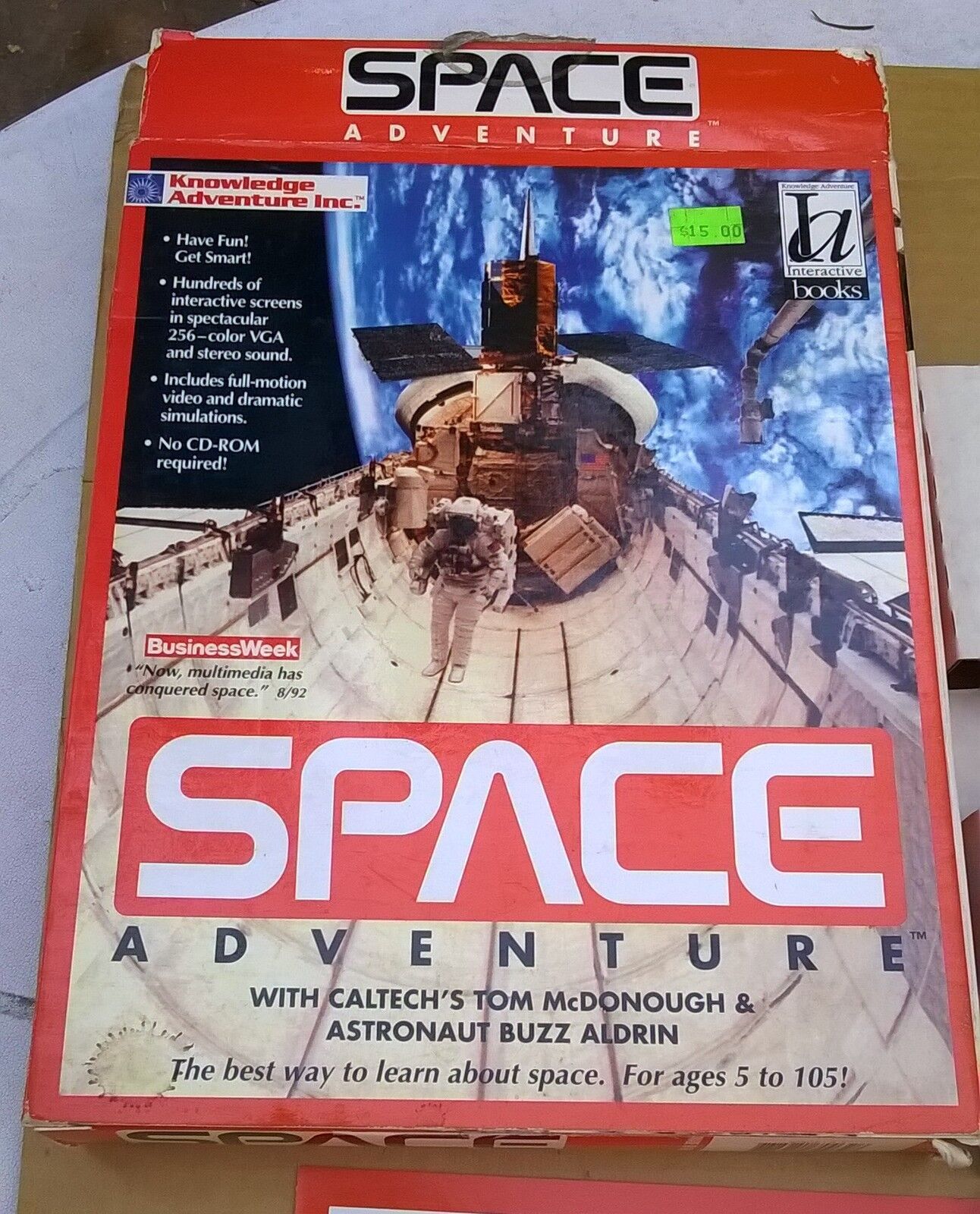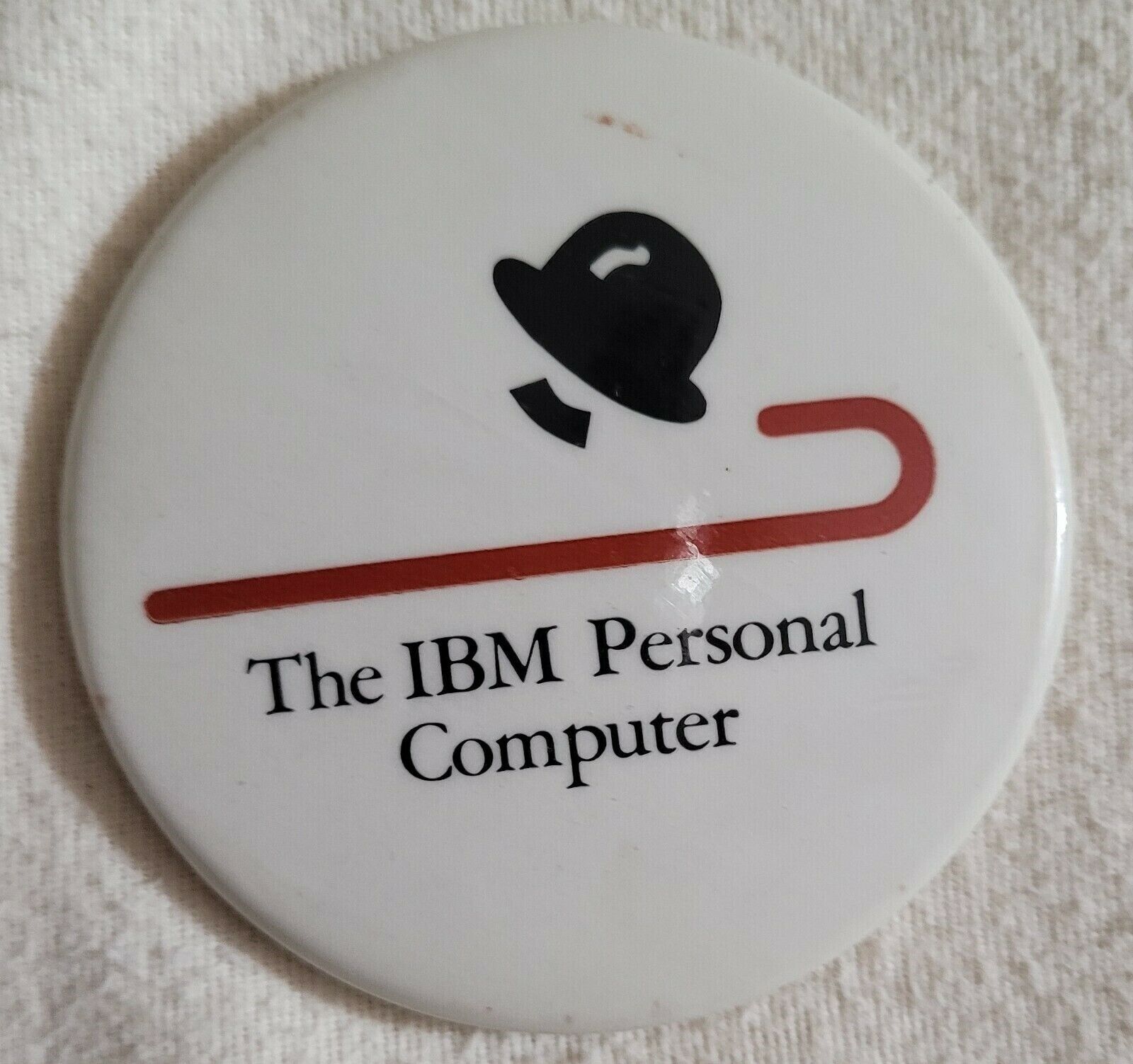-40%
15 PUNCH CARDS - IBM100 Traditional 5081 format - .50 - FREE SHIPPING from US
$ 2.37
- Description
- Size Guide
Description
This set of 15 (fifteen)IBM100 style punch cards in the 5081 format
is what you will be purchasing.
Please review the detailed photos of what these cards look like.
Free Shipping in a business envelope.
People are using these for arts/crafts (Even for seasonal wreaths), to save as pieces of history and just for the educational factor that they provide to youth.
Someone points out that "A gigabyte is equal to 1,073,741,824 bytes (that's 1024 x 1024 x 1024). So it would take 9,544,372 punch cards to make a gigabyte." So almost 7 million of these would be used to contain the same data that a typical music CD has on it.
From the web:
One could argue that the information age began with the punch card, and that data processing as a transformational technology began with its 1928 redesign by IBM. This thin piece of cardboard, measuring just 7-3/8 inches by 3-1/4 inches, with 80 columns of possible tint rectangular holes that could be punched, made the world quantifiable. It allowed data to be recorded, stored, and analyzed. For nearly 50 years, it remained the primary vehicle for processing the essential facts and figures that comprised countless industries, in every corner of the globe.
In selecting IBM engineer and inventor Clair D. Lake’s groundbreaking 80-column, rectangular-hole design, IBM leadership made a conscious decision to retool the card in a proprietary way that it would not only double the amount of data that could be stored, it would be compatible only with IBM-manufactured machines.
From the invention of computer programming languages up to the mid-1970s, many if not most computer programmers created, edited and stored their programs line by line on punched cards. The practice was nearly universal with IBM computers in the era.
Punch cards were the method of data storage used with very early computer sysytems. Punch cards also known as Hollerith cards and IBM cards. In use they are paper cards containing several punched or perforated holes that were punched by hand or machine to represent data. These cards allowed companies to store and access information by entering the cards in their proper sequence into the computer's punch card reader.
Historically, punch cards are known to be used as early as 1725 for controlling textile looms. For example, Joseph Marie Jacquard used punch cards to create a self portrait woven in silk. The cards were later used to store and search for information in 1832 by Semen Korsakov. Later in 1890, Herman Hollerith developed a method for machines to record and store information on punch cards to be used for the US census. He later formed the company we know as IBM.




















